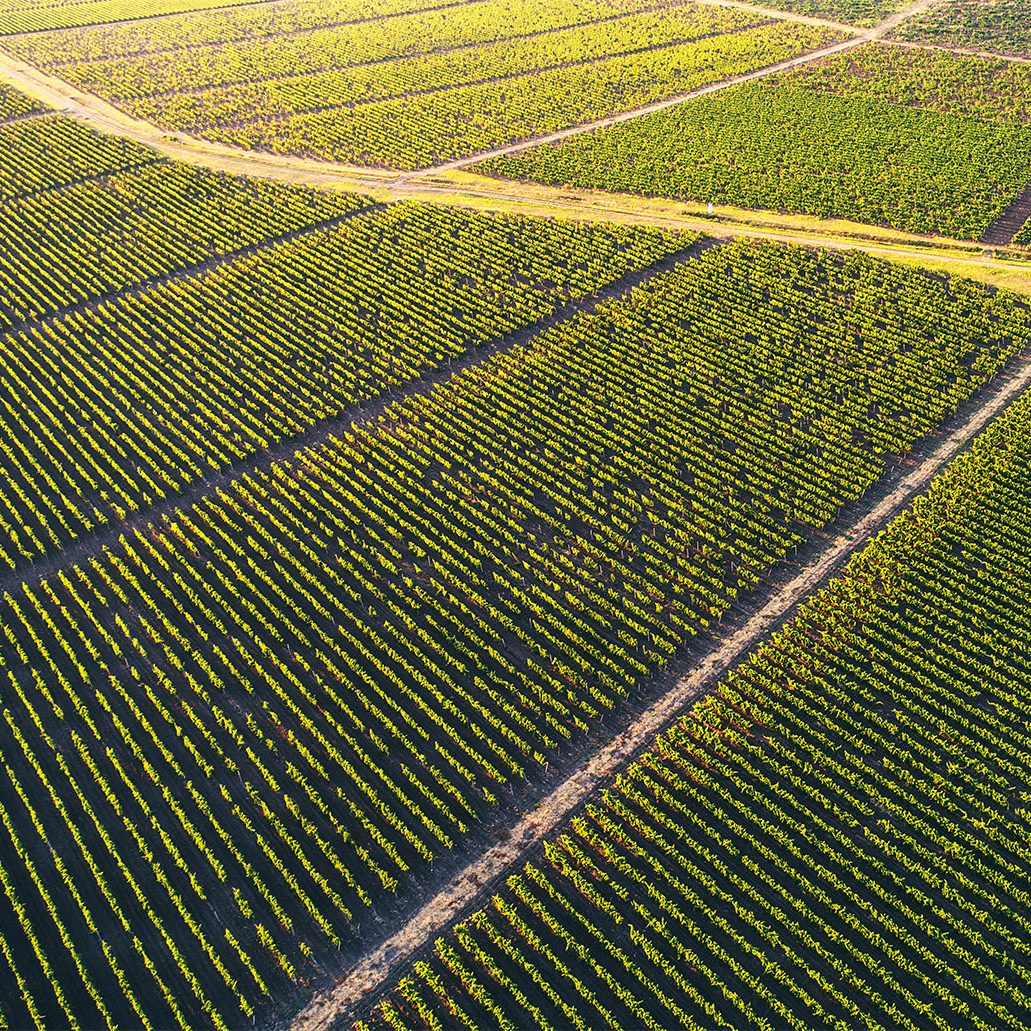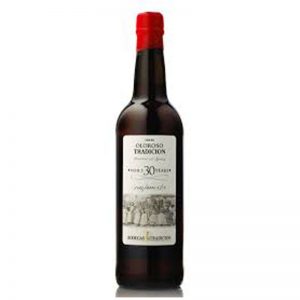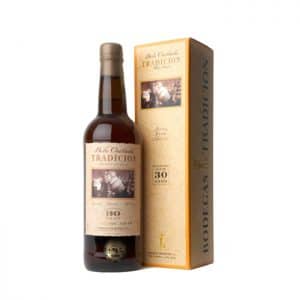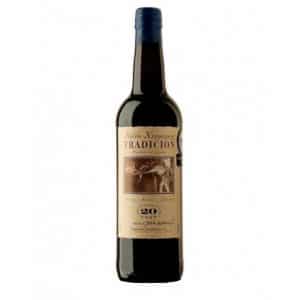Bodegas Tradición
Country: Spain
Region: Jerez
Bodegas Tradición was established in 1998 by three members of old families from Jerez: Joaquin Rivero Valcare, Ignacio Lopez de Carrezosa, and Javier Domecq. They decided to buy a derelict bodega and undertook extensive renovations. Their objective was to create a boutique bodega that sold only Aged Sherries and Special Brandy. To learn more about this great producer visit their extensive website, Bodegas Tradición.
Joaquin has deep roots in the sherry industry. One of the earliest sherry houses, founded around 1653, was Pedro Alonso Cabeza de Aranda y Zarco, which did business under the name Cabeza y Zarco for many years. They were eventually bought out by J.M. Rivero, an ancestor of Joaquin, who sold the sherry under the “CZ” brand. Though Bodegas J.M. Rivero ended around 1990, Joaquin has since continued his family’s long involvement in the sherry business.
Bodegas Tradición focusses on the purest styles of sherry: non-blended, non-cold filtered, non-stabilized, and with no additives where small portions of history can be enjoyed in a glass. The wines range in average age from 25 to 45 years, and the small batches are carefully selected and hand bottled in individually numbered bottles after undergoing rigorous quality analysis by the regulating authority to guarantee their high standard.
Geographic Location
The region of Jerez is situated in the province of Cadiz, in the Southeast of the Iberian Peninsula. The influence of the Atlantic Ocean and the Guadalquivir, Guadalete and Sierra de Cadiz rivers are key to understanding the uniqueness of our wines.
We must distinguish geographically two concepts: production zone and ageing zone. The former is where vines that bear fruit apt for wine production can be cultivated and they are the following areas: Jerez de la Frontera, El Puerto de Santa María, Sanlúcar de Barrameda, Chipiona, Chiclana, Puerto Real, Rota and Lebrija (province of Seville). The ageing zone is restricted to the city limits of Jerez de la Frontera, El Puerto de Santa María and Sanlúcar de Barrameda.
Even though vine cultivation is widely extended, the ageing zones are restricted to the towns of Jerez de la Frontera, El Puerto de Santa María and Sanlúcar de Barrameda.

Vinification
Towards the end of August or beginning of September the harvest commences when the grapes are to the point of full maturity and the sugar and acid content is ideal for producing sherries. After they are picked, the grapes are taken to the lagares or pressing area to be picked-over and pressed. For the grapes that come from the best parcels and that will be destined for the best wines, the ‘mosto de yema’ or first run must is obtained from the grape must simply by the pressure from its own weight and not from hydraulic pressure. This is the purest, most elegant and aromatic of all the musts and it will be used for the highest quality wines. After this first phase, a gentle pressing of the grapes will also obtain a very good must that will be destined for very fine wines. The majority of the must that results from the later pressings will be destined for Olorosos.
After the fermentation of the must into wine through the transformation of its sugar into alcohol, we have a 12 – 13% alcohol wine (still known in Jerez as “must”) and it will be clarified in a tank. This is called the deslío or the settling of the lees to the bottom of the tank, which normally takes places towards the end of December, after which it will have its first classification. This is where the vital differences with the rest of the world’s wines commence.
In this first classification of the wine in the tank, the winery foreman or capataz, together with the oenologist, will use their olfactory and gustatory skills to decide the type of ageing that each wine needs. If they find that the wine is subtle, elegant and light, it will be designated to be aged as a Fino (or Manzanilla in Sanlúcar). However, if they find that the wine has more body, is more potent and aromatic, it will be destined for ageing as an Oloroso.
Fortification
Next comes a very important part of the vinification process of sherry, the fortification. A wine is fortified by adding a wine spirit to raise the alcohol content. The origin of this practice seems to stem from former necessity to stabilize the wines so that they could withstand a long voyage, but in the present it forms a part of the legacy of knowledge that permits the characteristic ageing of sherry.
For example, those wines that are going to become Fino (or Manzanilla), will be fortified to 15.5% from its original 12-13%, at which point the ideal environment is achieved for the proliferation of the yeast of the velo de flor, or veil of yeast.






